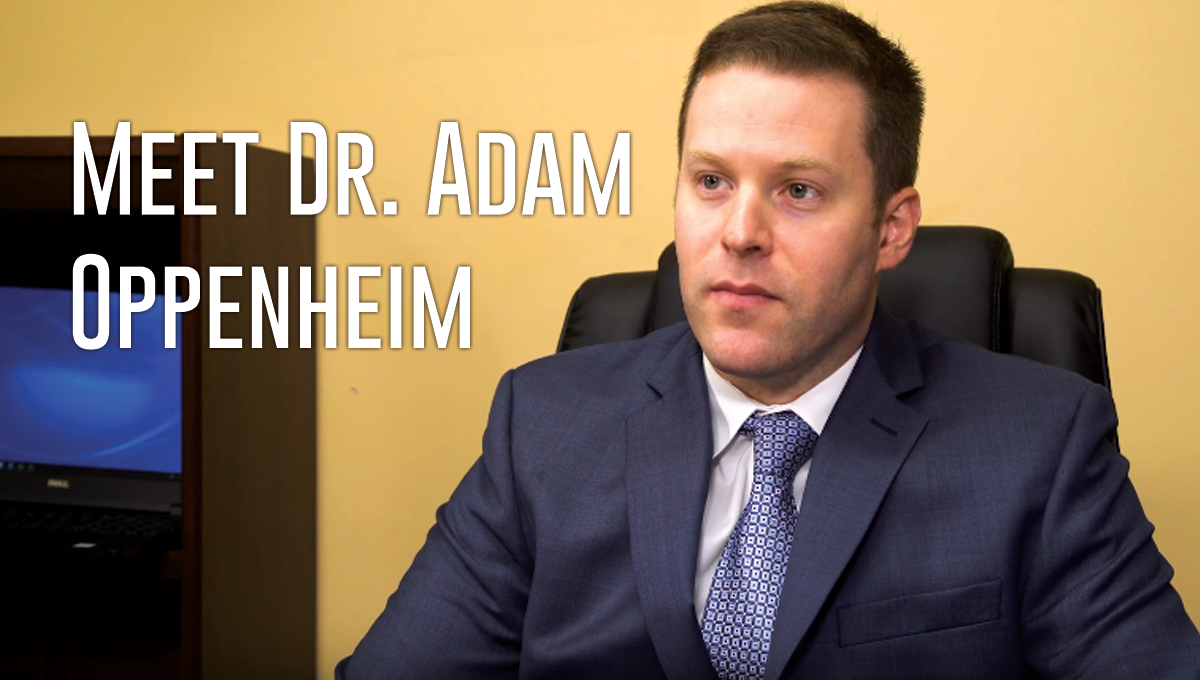Choosing a competent, experienced surgeon for your vasectomy procedure
If you’ve made the decision, what must you do to improve the success of your vasectomy and minimize the risk of complications? You must make sure it’s done by a qualified and experienced surgeon. When a vasectomy is performed correctly by a skilled and experienced physician, only about 1 in 1,000 vasectomies may fail to prevent sperm reaching the semen. But when done by a doctor who performs less than 50 vasectomies a year, the likelihood of failure is as high as 10-17 percent or more.
How are vasectomies done?
Your sperm is generated in the testes then stored in the epididymis, a sac adjacent to the testes. The sperm is driven through the shoestring-sized tube known as the vas deferens, about 15 inches long, by a whip-like motion of a tail. Because the vas deferens is connected to the prostate gland that produces semen and also with the seminal vesicles located near the bladder, sperm is able to find its way into the semen to reach the ova after an ejaculation, causing a pregnancy. Failure of sperm to reach the semen means a pregnancy won’t occur.
To conduct a vasectomy, a surgeon kneads the scrotum tenderly until the vas deferens are located — a process similar to a guy looking for a tie-string that has withdrawn into his sweatpants’ waistband. Once the doctor finds the vas, a needle is used to poke a hole in the scrotum before tiny clamps are applied to draw out a small portion of the vas. Then the surgeon cuts, closes or inactivates the two clipped ends of the tubes so sperm won’t get out of them.
There are a number of techniques for achieving this, but the best method currently is the intraluminal cauterization and fascial interposition, That is a technique involving the slicing of the vas in two, scarring the inside (lumina) of the vas using a heated needle, then pulling up the fascia (tissue that surrounds the tube) and clamping or suturing it over the vas end. With the procedure completed, you are ready to return home the same day and take a few days off work to recover.
Fascial interposition improves vasectomy success
During the vasectomy procedure, the doctor sews up the tubes to prevent “recanalization,” which may occur if microscopic channels develop between the tubes’ cut ends. And when recanalization happens, sperm may pass through micro-channels and get into semen, leading to a failure of vasectomy.
When the ends are only clipped but not cauterized up to 1-in-300 men can still get their mates pregnant after a vasectomy. In fact, according to one study of 14,000 men who had undergone a vasectomy, there were six pregnancies and up to 10 percent of men had significant numbers of sperm in semen months after their vasectomy.
However, with the fascial interposition technique, the surgeon puts tissue between the cut ends, which acts as a double zip and lock. The result is that pregnancy rates drop to 1-in-7,000 and only about one vasectomy may be redone per year. Nevertheless, the skill and experience of the urologist conducting the vasectomy still remains the most critical factor for success and minimal complications.
Improving vasectomy success
Three months following a vasectomy there will still be sperm swimming around “downstream” beyond the cut area. It is crucial to use another birth control method such as condoms to prevent pregnancy. At 12 weeks after the procedure, a follow-up test for the presence of sperm in semen is necessary — with a negative result confirming that the procedure was successful.
But even with the negative result, there is still a 1-in-2,000 chance that you can later regain your fertility. If a pregnancy does occur, you should assume that the body has healed and you’re again capable of making your mate pregnant.
Vasectomy pain
A significant number of men fear getting a vasectomy because of pain. But how bad is the vasectomy pain? While the procedure is almost painless when properly performed, it’s common to feel some soreness afterward. Studies show that somewhere between 1-50 percent of men have chronic testicular soreness, including epididymitis (blue balls) for up to a year after the procedure. And as many as 15 percent of men may experience a seriously aggravating pain after the procedure. The pain, however, is managed with painkillers and would rarely hamper your ability to engage in routine tasks.
Sexual intercourse should be postponed for at least a week after a vasectomy. Some men who have tried sex a day or two after the procedure have reported terrible pain and swelling of the scrotum. Again, it’s important to remember that the surgeon’s experience and technique will determine how much pain you experience after a vasectomy.
What of the link between prostate cancer and a vasectomy?
A few studies were published in early to middle 1990s that reported that prostate cancer is linked to a vasectomy. However, a more conclusive survey conducted in New Zealand disproved such a link. Another study by researchers from the University of Toronto and Mayo Clinic in Rochester examined results of 40 different studies with over 12 million participants and concluded that a vasectomy does not enhance the risk of a man developing prostate cancer. So as we now know it, there is no link between prostate cancer and a vasectomy.
Vasectomy and dementia
A 2006 study by researchers from Northwestern University appeared to relate vasectomy with dementia, causing some concern by highlighting a plausible, even if unlikely, mechanism through which vasectomy can result in brain damage. Triggered by a patient at an Alzheimer’s clinic complaining that his aphasia (speech problems) started soon after a vasectomy, the researchers surveyed 47 clinic patients with early-stage aphasia and found that 19 of them had undergone a vasectomy.
According to the study, sperm can leak into the body’s normal tissue after the vas deferens is cut resulting in the development of antibodies to sperm in the blood. This was observed in about two-thirds of vasectomized men (sperm doesn’t normally get into the bloodstream). From the observation, the Northwestern study theorized that if antibodies to sperm — which contain some proteins also found in brain cells — appear in blood, they may lead to an autoimmune attack of the brain cells resulting in dementia. Nevertheless, being a small study that hasn’t been replicated, it’s still quite early to draw much from it. And for now, dementia still remains only hypothetically linked to a vasectomy — though the association requires further research.
Effectiveness of vasectomy reversals
Vasectomies are reversible. That’s true. But when making the decision to undergo the procedure, it’s important to approach it as a permanent method of sterilization and not by expecting it to be undone. In fact, when done well, it can only be reversed successfully about 50 percent of the time and with no guarantees that you’ll have children. Only go for a vasectomy if you are sure you have had enough children or don’t want any children. Also make sure to ask all the questions and go for the procedure only when you are truly ready for it.
At St Pete Urology, we offer both vasectomy and vasectomy reversals using procedures that ensure maximum comfort and the least pain for our patients. We have assembled a team of skilled, knowledgeable and experienced urologists who perform hundreds of vasectomies every year. So you can be sure that your procedure will follow the right technique and have the highest chance of success. For more information on vasectomy and vasectomy reversals and their risks and benefits, visit the “St Pete Urology” site.


 At St Pete Urology, oral medications are typically our first line of treatment. The medications commonly given are vardenafil (Levitra, Staxyn), sildenafil (Viagra), avanafil (Stendra) and tadalafil (Cialis). All these medications work by improving the action and efficacy of nitric oxide, which is a natural chemical produced by the body and used to relax penile muscles. With increased activity of nitric oxide due to these drugs, there is increased relaxation of the smooth muscles, improved blood flow to and in the penis and greater likelihood of developing an erection when there is sexual stimulation.
At St Pete Urology, oral medications are typically our first line of treatment. The medications commonly given are vardenafil (Levitra, Staxyn), sildenafil (Viagra), avanafil (Stendra) and tadalafil (Cialis). All these medications work by improving the action and efficacy of nitric oxide, which is a natural chemical produced by the body and used to relax penile muscles. With increased activity of nitric oxide due to these drugs, there is increased relaxation of the smooth muscles, improved blood flow to and in the penis and greater likelihood of developing an erection when there is sexual stimulation.